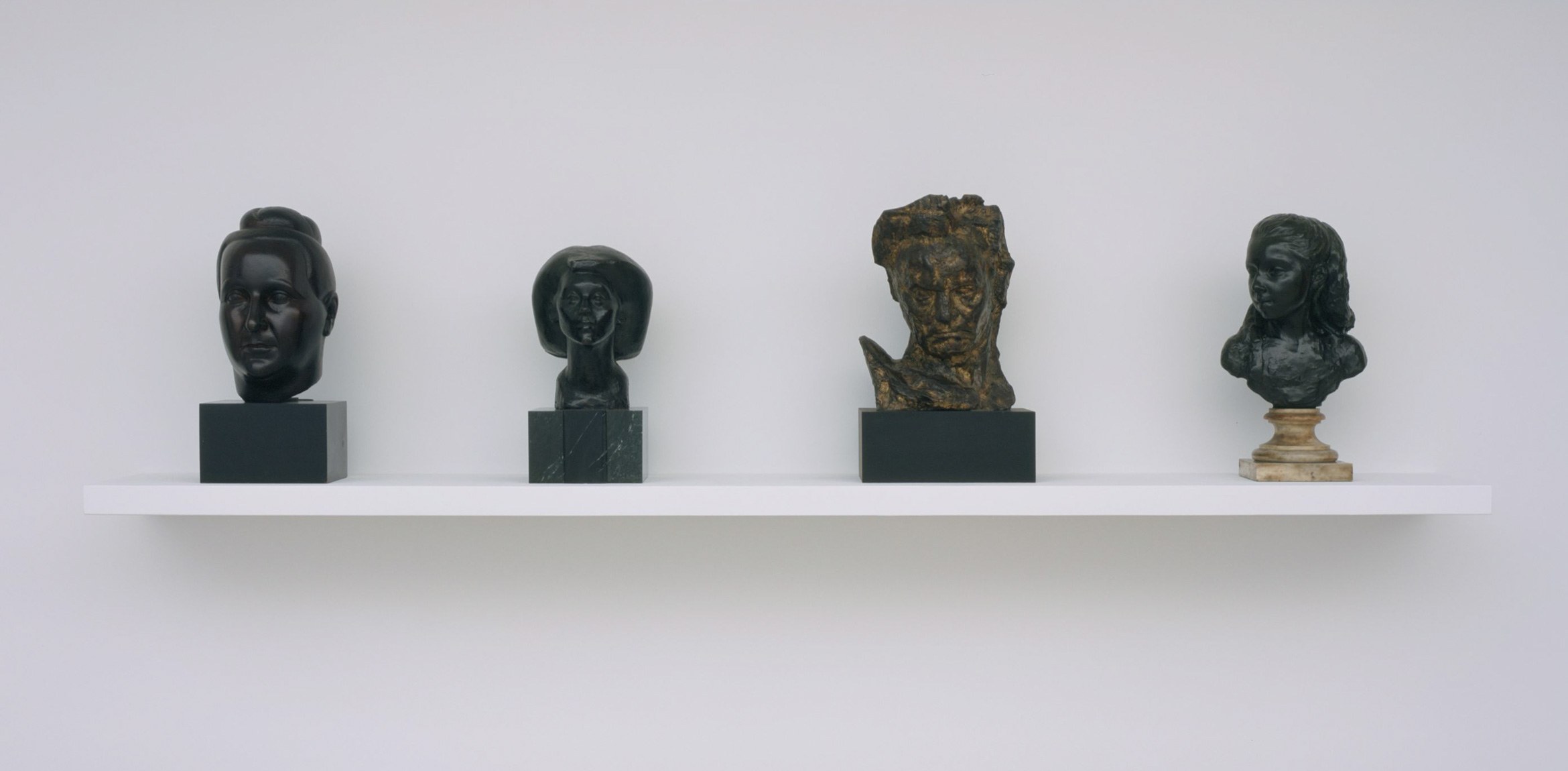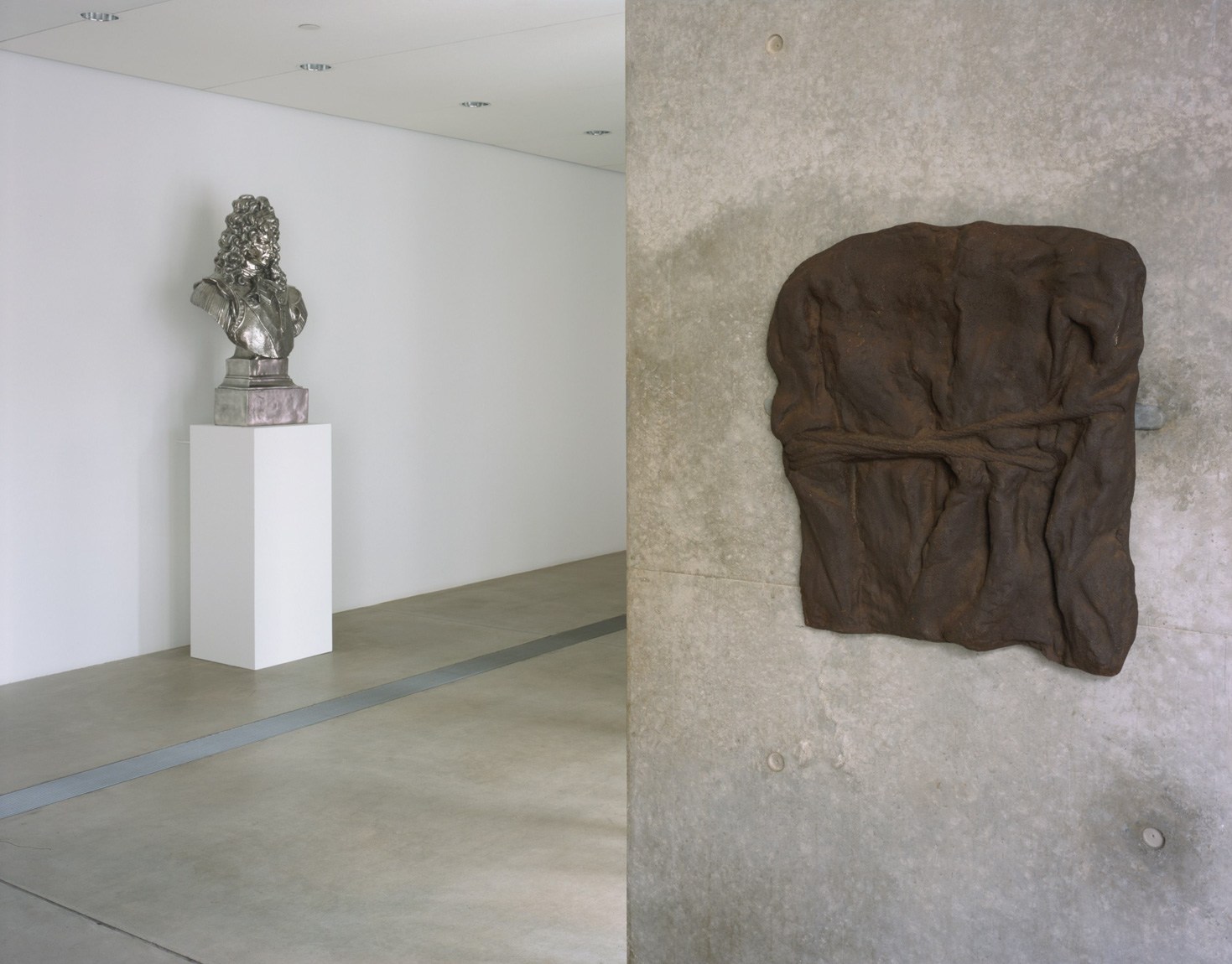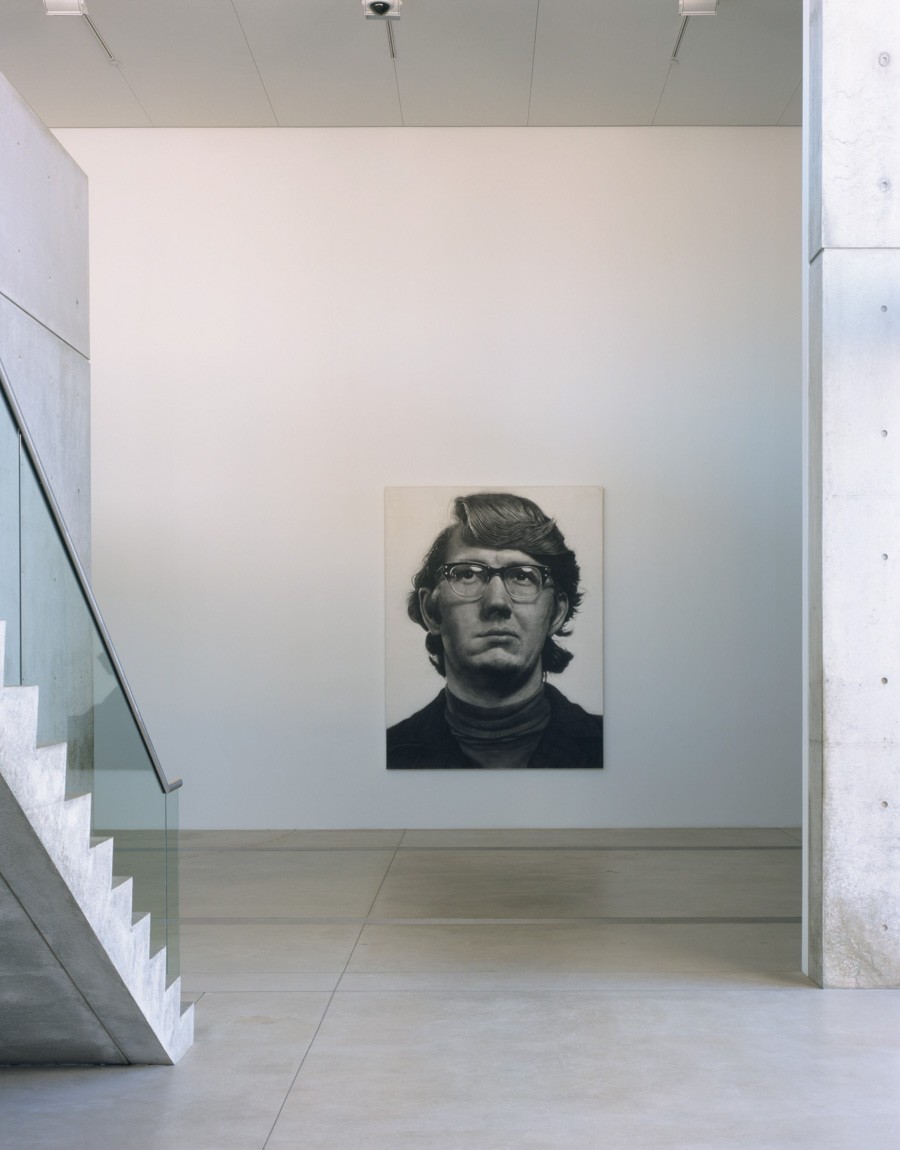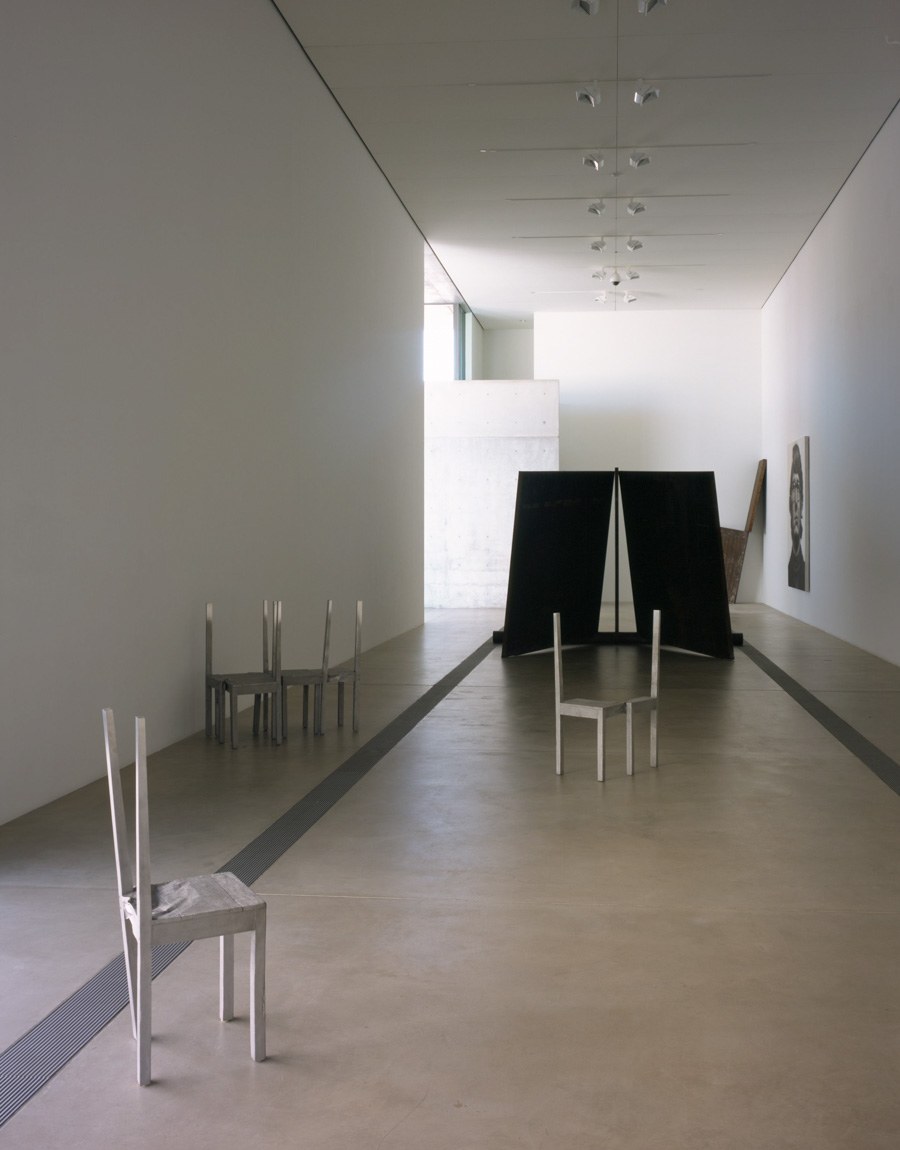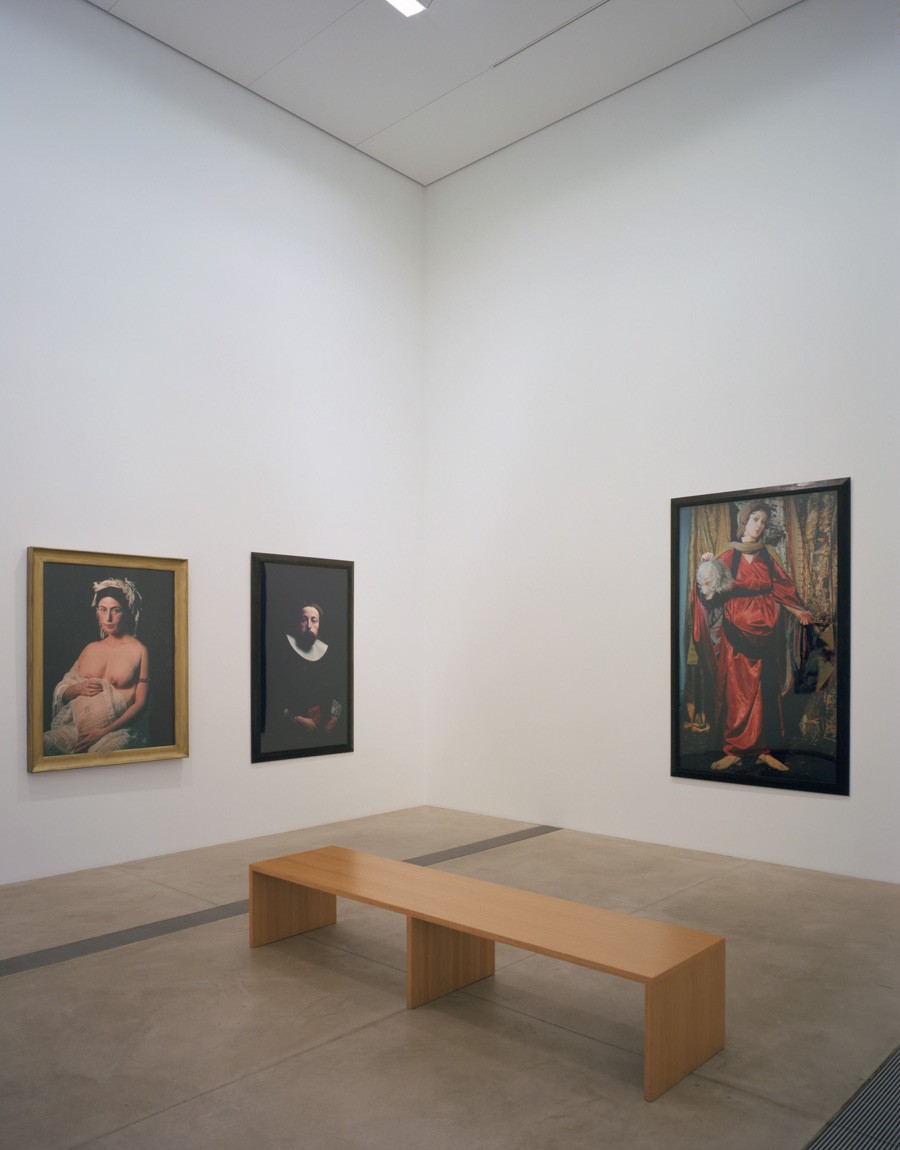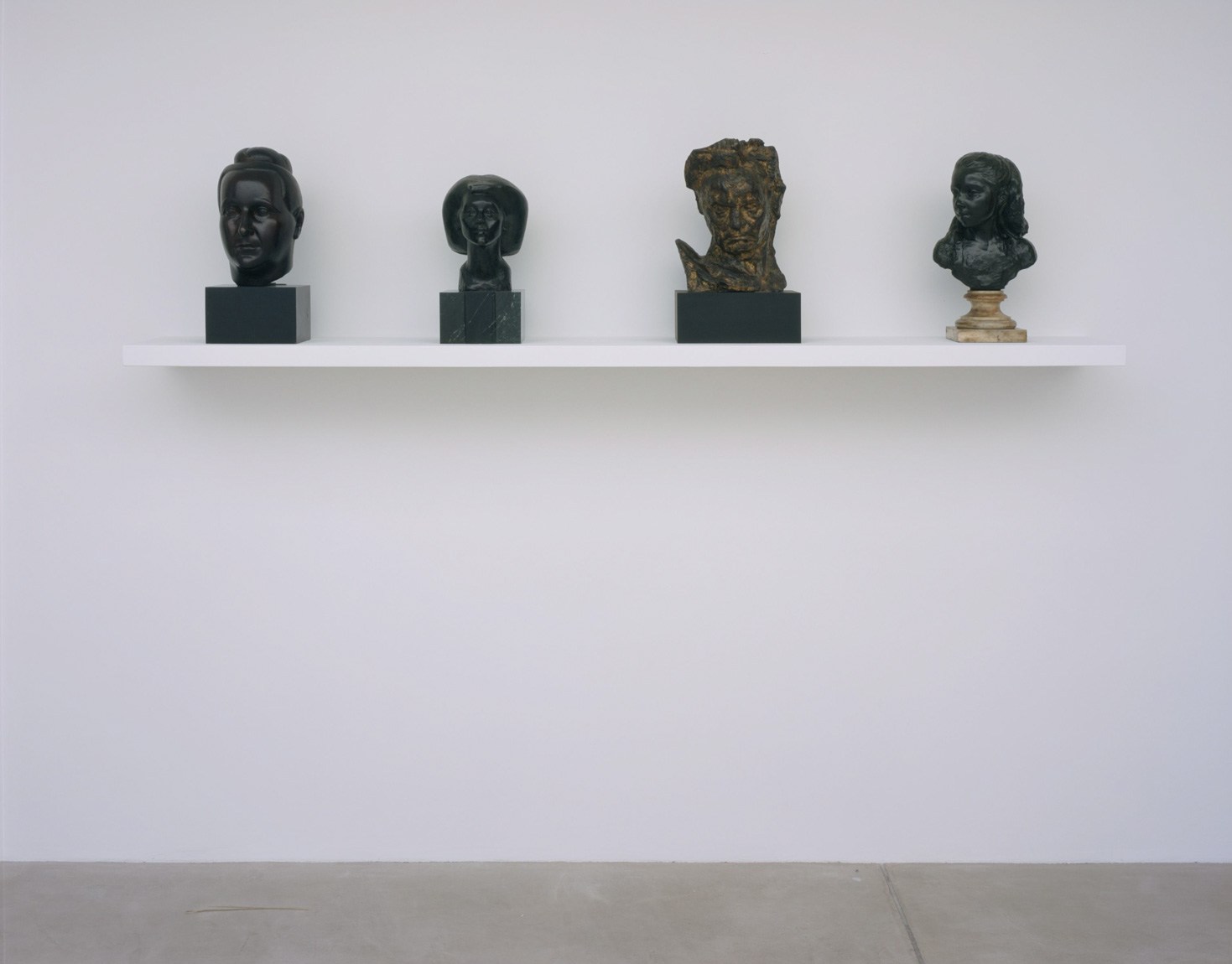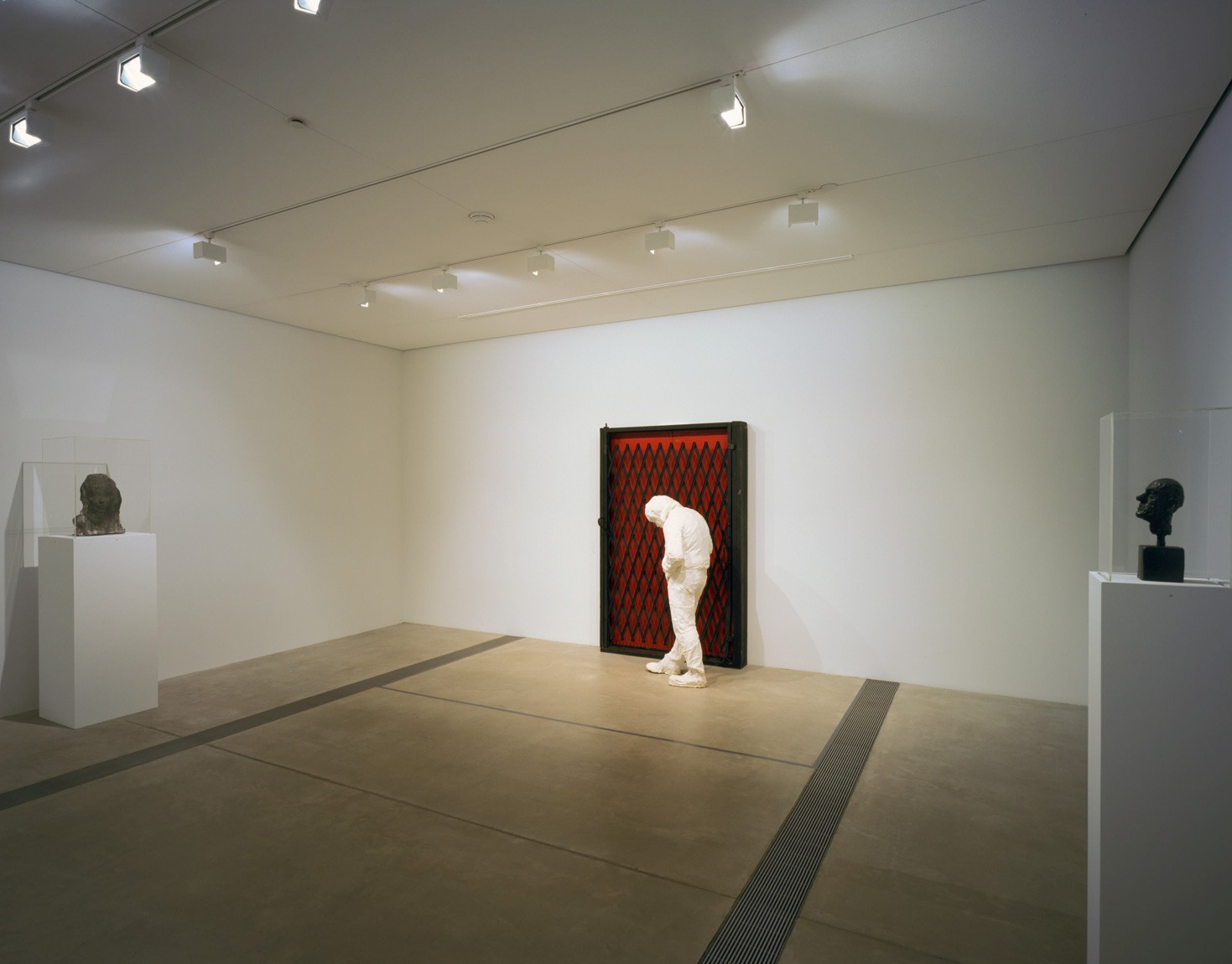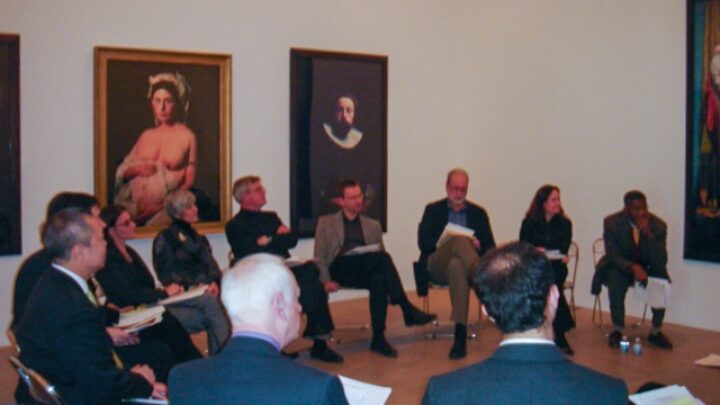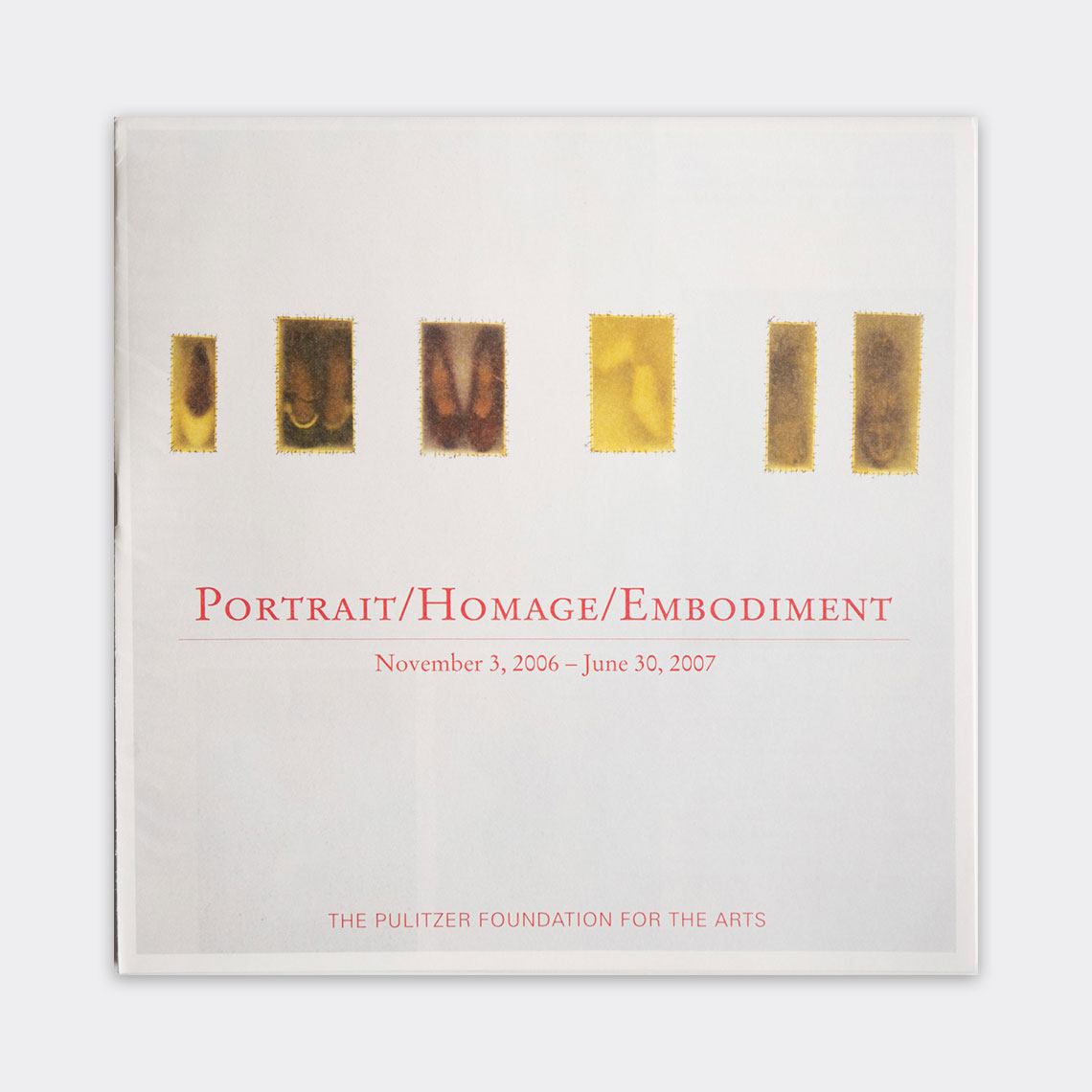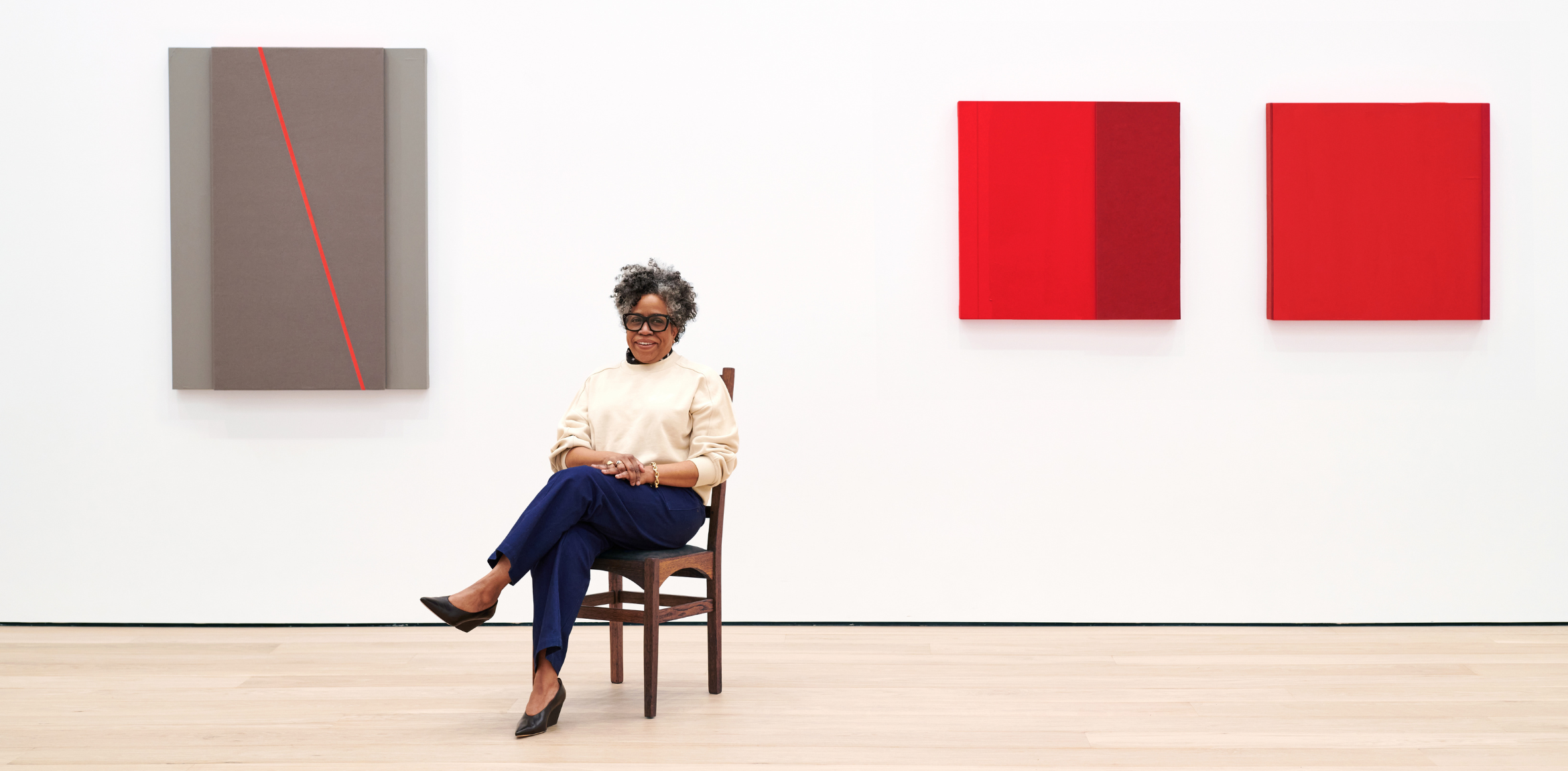This exhibition explored three deeply connected frameworks for seeing life through art. By highlighting the many ways in which modern and contemporary artists have represented individuals or referenced groups of people, this exhibition looked at the dialectic between representation and figuration in the present. In addition to new takes on traditional portraiture, many of the works on view moved beyond physical likenesses in order to convey presence through uncommon means. Some works invited a physical, embodied experience, while others encouraged the viewer to imagine the lives and identities of the portrayed rather than focus on their features and appearances. Through its tripartite aim, this exhibition explored the creative potential that exists within the imaginations of both artists and viewers.
The exhibition was arranged according to a series of interconnected pairings and subjects that signaled the evolving definition of portraiture, and which revealed the wealth of possibilities that emerge when a rich historical tradition comes into contact with contemporary impulses. Portrait/Homage/Embodiment represented a wide range of artists, including Chuck Close, Alberto Giacometti, Roni Horn, Jeff Koons, Jacques Lipchitz, Bruce Nauman, Medardo Rosso, Doris Salcedo, George Segal, Cindy Sherman, and Andy Warhol. By going beyond conventional representation, these artists emphasized a personal relationship between the viewer and the work of art—a relationship that was amplified by Tadao Ando’s architectural design for the Pulitzer building, which presents varying contexts for viewing through its use of natural light.
